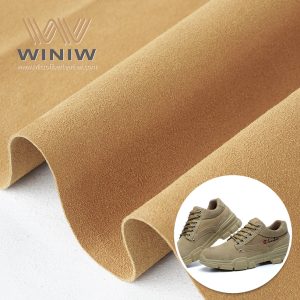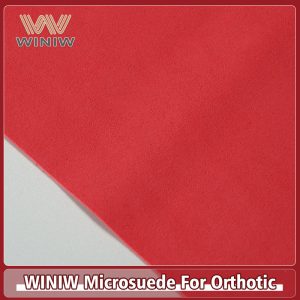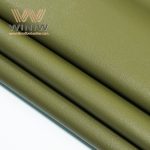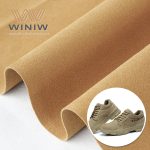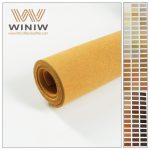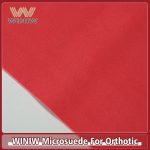Shoe insoles are no longer just foam or gel inserts—breakthroughs in material science are turning them into precision tools for comfort, health, and sustainability. From graphene to self-healing polymers, let explore how cutting-edge materials are solving age-old foot problems.
1. Beyond Foam: Next-Gen Materials Redefining Comfort
Traditional materials like EVA foam and gel are being outpaced by innovations:
- Graphene-Infused Foam: Used in Reebok Floatride Energy, graphene enhances thermal regulation (reducing sweat) and adds antibacterial properties, lasting 3x longer than standard foam.
- Self-Healing Polymers: Polynov ActiveHeal insoles repair minor cracks and dents overnight, ideal for high-impact sports.
- 4D-Printed Lattices: Wiivv custom insoles use AI-designed structures that adapt to pressure points in real time, reducing plantar stress by 50%.
2. Smart Materials for Real-Time Adaptation
Insoles are getting “smarter” with reactive technologies:
- Phase-Change Materials (PCM): Outlast Adaptive Comfort insoles absorb heat during activity and release it at rest, maintaining optimal foot temperature.
- Electroactive Polymers: Sensoria Smart Insoles stiffen or soften based on gait data from embedded sensors, preventing ankle rolls during trail runs.
- Magnetic Field Therapy: Nikken KenkoInsoles use magnetic beads to improve circulation, aiding recovery for diabetic neuropathy patients.
3. Sustainability Meets High Performance
Eco-friendly no longer means sacrificing durability:
- Algae-Based Foam: Vivobarefoot x Bloom Foam insoles clean polluted water during production and decompose in 5 years.
- Mycelium Leather: Bolt Threads’ Mylo insoles (used in Stella McCartney designs) are grown from mushrooms, offering leather-like durability with zero animal harm.
- Recycled Ocean Plastic: Adidas x Parley insoles repurpose marine waste into supportive, moisture-wicking footbeds.
4. Medical Breakthroughs in Insole Tech
- 3D-Printed Orthotics: Zellerfeld scans create insoles that correct biomechanical imbalances, reducing knee and hip pain by 40% (per Clinical Biomechanics).
- Antiviral Coatings: Cupron Copper-Infused insoles kill 99.9% of viruses and fungi, critical for immunocompromised users.
- Drug-Eluting Insoles: Prototypes from MIT Labs release anti-inflammatory agents (e.g., CBD) through microcapsules, targeting arthritis pain.
5. How to Choose the Right High-Tech Insole
- For Athletes: Prioritize energy return (graphene) and real-time adaptation (electroactive polymers).
- Chronic Pain Sufferers: Look for 3D-printed orthotics or magnetic therapy options.
- Eco-Conscious Buyers: Opt for algae foam, mycelium, or 100% recycled materials.
- Daily Commuters: Phase-change materials and antimicrobial coatings balance comfort and hygiene.
Why This Matters
High-tech insoles are bridging the gap between innovation and everyday wellness. Whether you’re battling foot fatigue, seeking planet-friendly options, or recovering from injury, these materials ensure your shoes work as hard as you do—without compromising on comfort or ethics.


